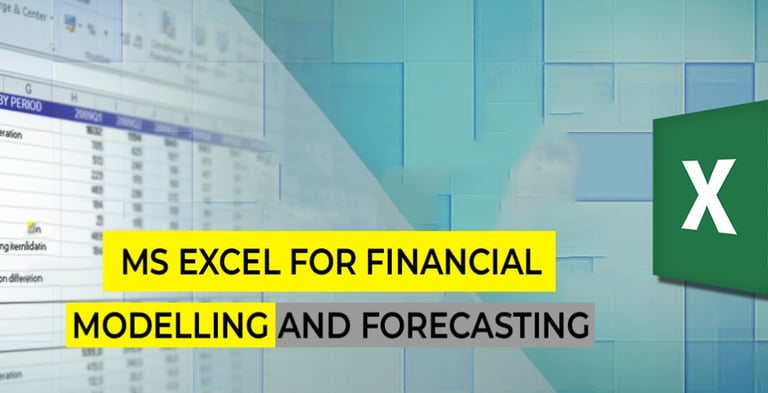
Budgeting and Forecasting Capabilities


Excel Empowerment: Unleashing Budgeting and Forecasting Capabilities for Business Success
In the dynamic world of business, effective budgeting and forecasting are essential pillars for financial planning and decision-making. Excel, with its robust features and intuitive interface, serves as a powerful tool for businesses of all sizes to create, manage, and analyze budgets and forecasts. In this comprehensive guide, we will explore the intricacies of budgeting and forecasting with Excel, offering insights, techniques, and best practices for maximizing its potential.
Understanding Budgeting and Forecasting:
Budgeting involves setting financial targets and allocating resources to achieve organizational goals, typically over a specified period, such as a fiscal year. Forecasting, on the other hand, involves predicting future financial outcomes based on historical data, trends, and assumptions. Both processes are crucial for guiding strategic decisions, controlling costs, and optimizing resource allocation.
Building Budgets in Excel:
Excel provides a versatile platform for creating detailed budgets tailored to the unique needs of businesses. Here's how to get started:
Define Objectives and Assumptions: Clearly outline the objectives of the budget and establish key assumptions regarding revenue, expenses, and other financial metrics.
Create a Budget Template: Design a structured template in Excel to capture relevant financial data, including revenue projections, operating expenses, capital expenditures, and cash flow forecasts.
Input Data and Formulas: Populate the budget template with historical data and formulas to calculate projected figures based on growth rates, cost drivers, and other factors.
Review and Adjust: Review the budget for accuracy and consistency, adjusting assumptions and inputs as needed to reflect changing business conditions and goals.
Collaborate and Iterate: Foster collaboration among stakeholders to gather input and feedback, iterating on the budgeting process to ensure alignment with organizational objectives.
Forecasting with Excel:
Excel's analytical capabilities enable businesses to develop accurate and insightful forecasts to anticipate future financial performance. Here are key steps for forecasting with Excel:
Data Collection and Analysis: Gather historical financial data and analyze trends, seasonality, and other patterns to inform the forecasting process.
Choose Forecasting Methods: Select appropriate forecasting methods, such as time series analysis, regression analysis, or exponential smoothing, based on the nature of the data and the forecasting horizon.
Build Forecast Models: Develop Excel models to generate forecasts based on selected methods, incorporating relevant variables, assumptions, and error measures.
Validate and Refine: Validate forecast models against historical data and external benchmarks, refining parameters and assumptions to improve accuracy and reliability.
Monitor and Update: Continuously monitor actual performance against forecasts, updating models and assumptions as new information becomes available to enhance forecasting accuracy.
Excel Features for Budgeting and Forecasting:
Excel offers a plethora of features and functions that streamline the budgeting and forecasting process:
Data Tables and What-If Analysis: Excel's data tables and what-if analysis tools enable users to explore different scenarios and assess the impact of changes in assumptions on budgeted or forecasted outcomes.
PivotTables and PivotCharts: PivotTables and PivotCharts allow for dynamic analysis and visualization of budget and forecast data, facilitating insights into trends, variances, and outliers.
Solver Add-In: The Solver add-in enables optimization and constraint-based modeling, helping businesses find optimal solutions to budgeting and forecasting challenges, such as resource allocation and cost minimization.
Excel Templates and Add-Ins: Leverage pre-built Excel templates and add-ins designed specifically for budgeting and forecasting tasks, saving time and effort in model development and analysis.
Best Practices for Excel-Based Budgeting and Forecasting:
To maximize the effectiveness of budgeting and forecasting with Excel, consider the following best practices:
Standardize Templates: Develop standardized templates and formats for budgeting and forecasting to promote consistency and comparability across departments and projects.
Document Assumptions: Document key assumptions, methodologies, and sources of data used in budgeting and forecasting models to enhance transparency and reproducibility.
Flexibility and Sensitivity Analysis: Incorporate flexibility into budget and forecast models to accommodate changing business conditions, and conduct sensitivity analysis to assess the impact of variations in assumptions on financial outcomes.
Training and Collaboration: Provide training and support to users involved in the budgeting and forecasting process, fostering collaboration and knowledge sharing to enhance the quality of outputs.
Conclusion:
Excel remains a cornerstone tool for budgeting and forecasting in businesses worldwide, offering unparalleled flexibility, functionality, and accessibility. By harnessing the power of Excel's features and capabilities, organizations can develop robust budgets and forecasts that drive informed decision-making, mitigate risks, and seize opportunities for growth and innovation. With the right strategies and practices in place, Excel empowers businesses to navigate the complexities of financial planning with confidence and agility, positioning them for success in today's dynamic marketplace.
